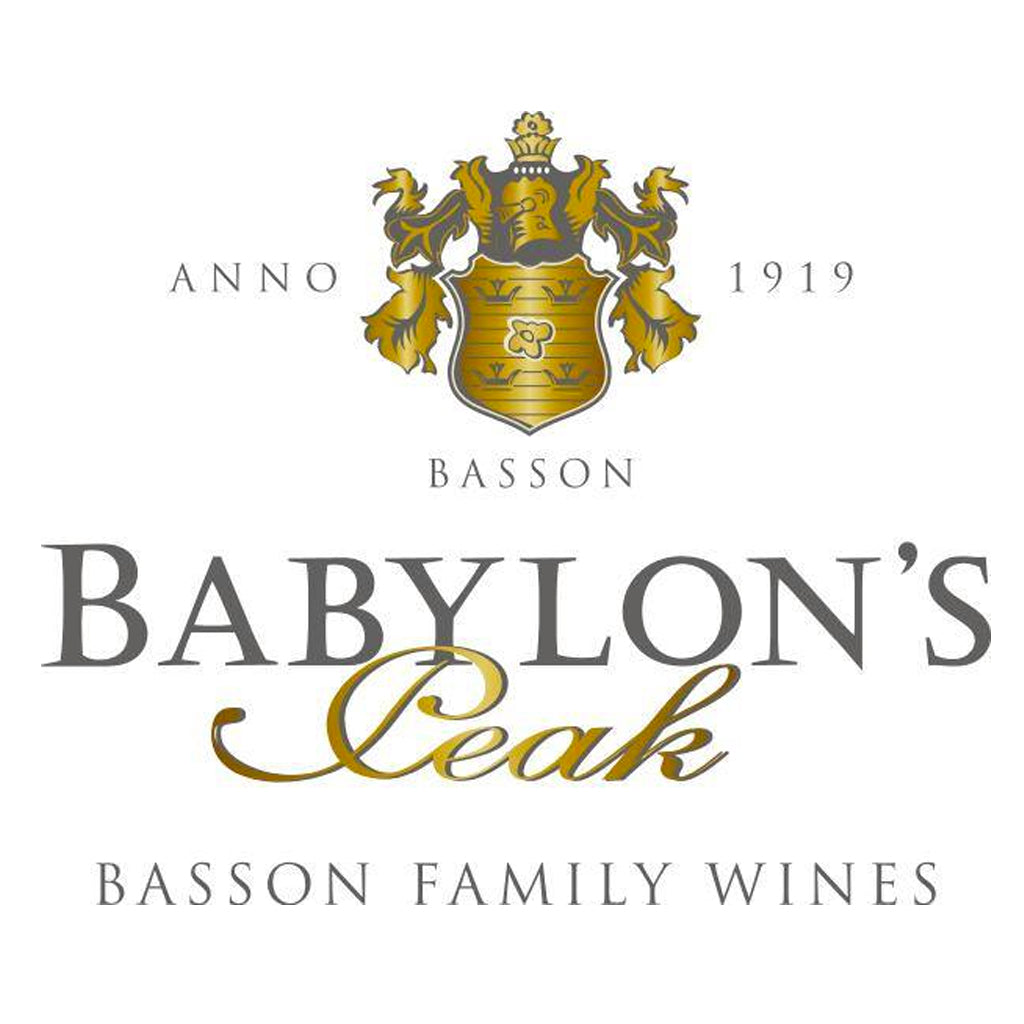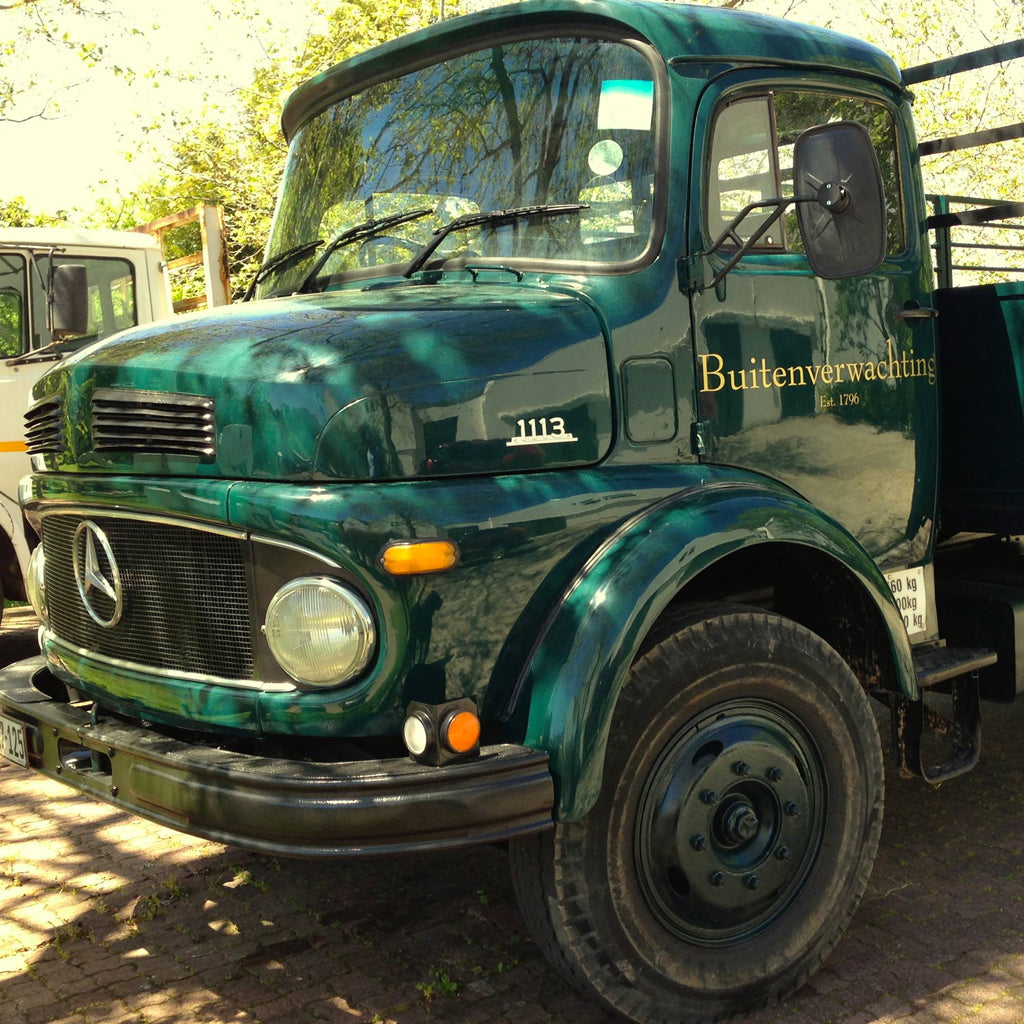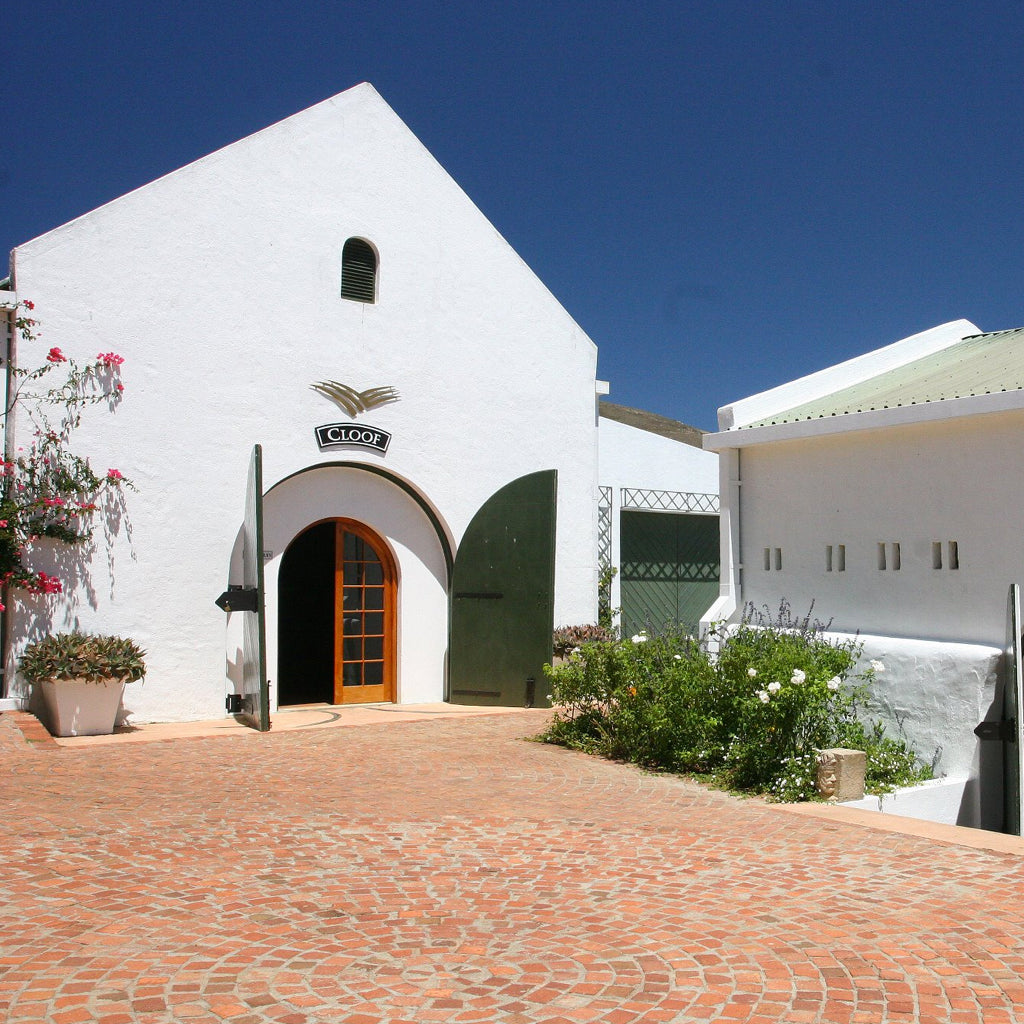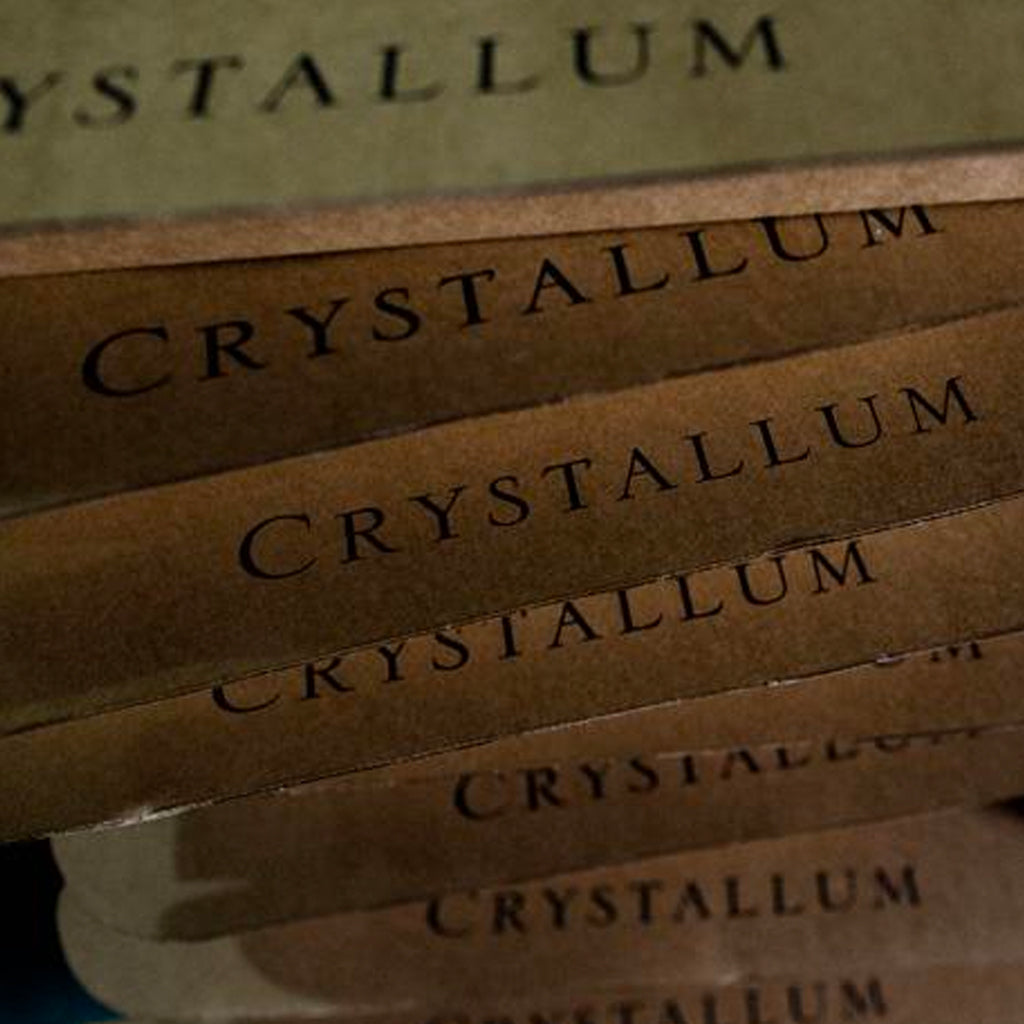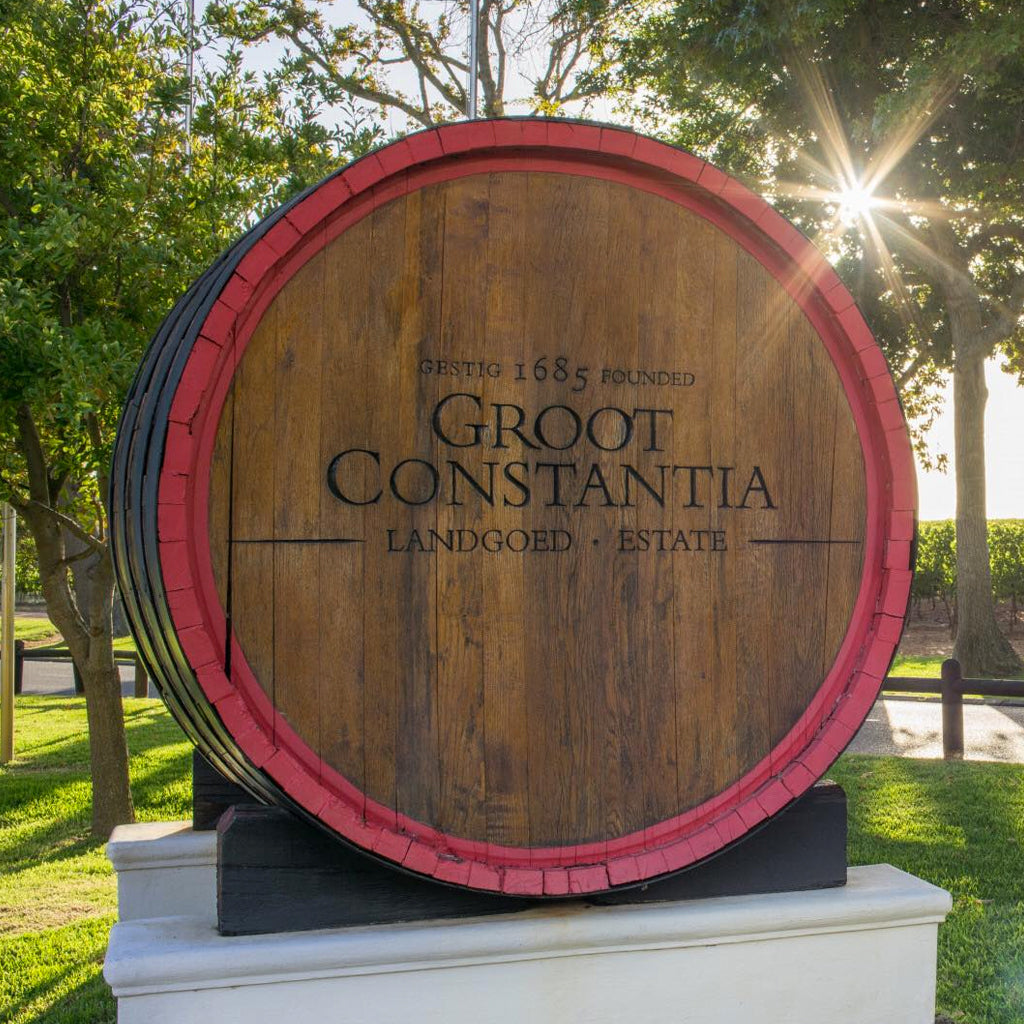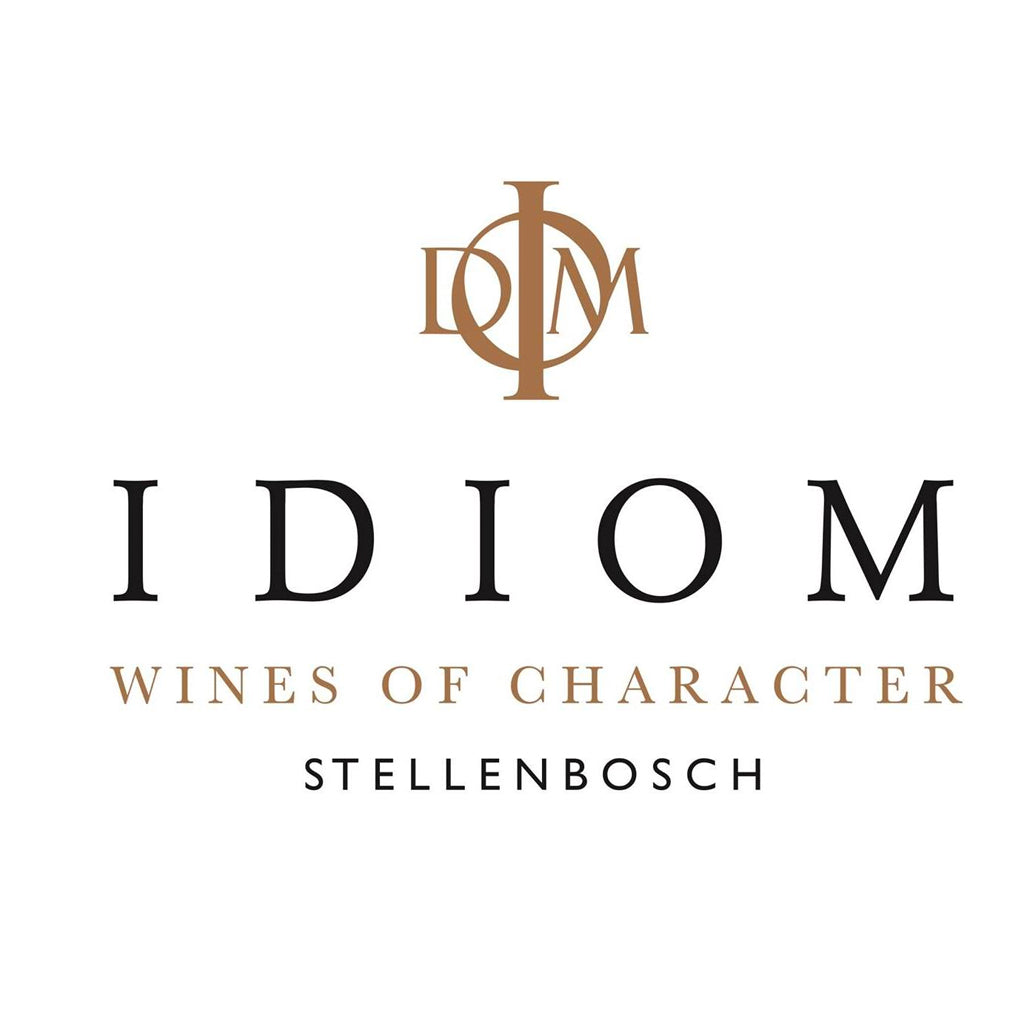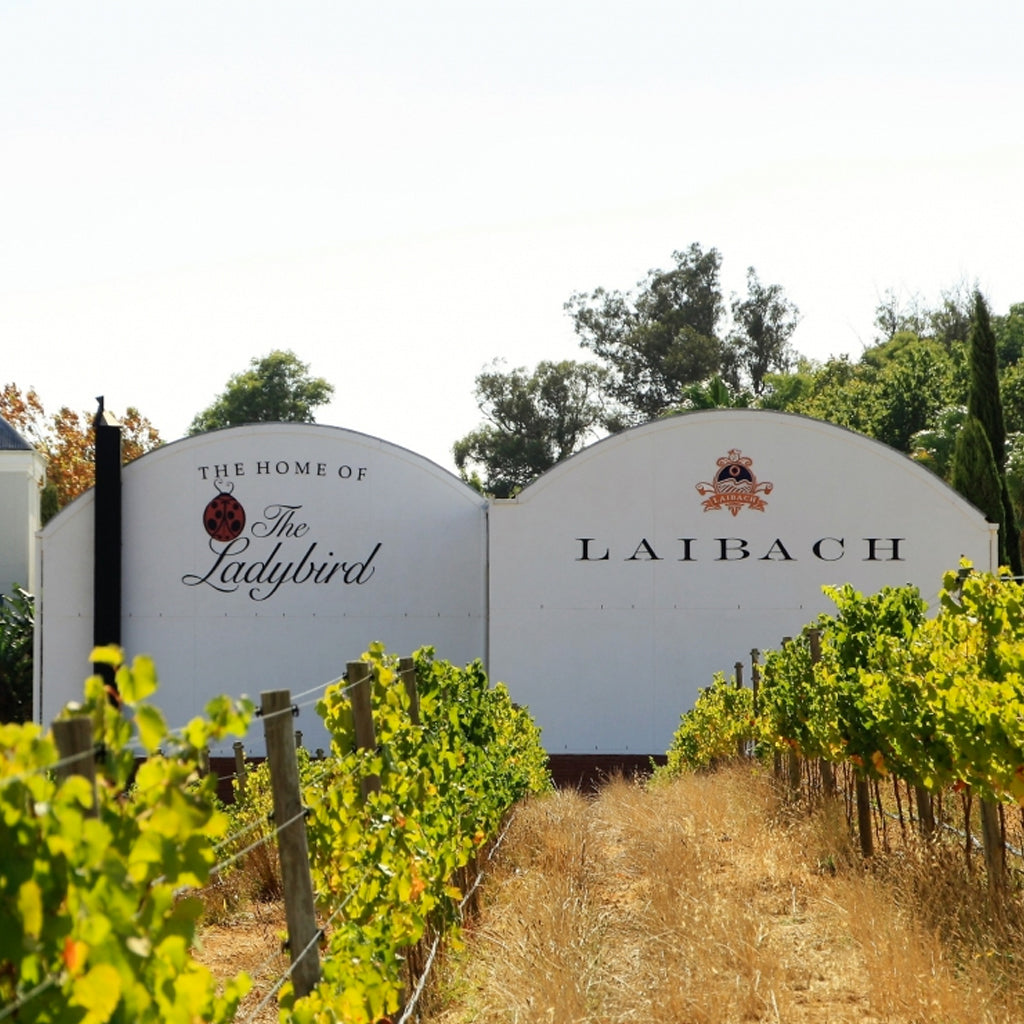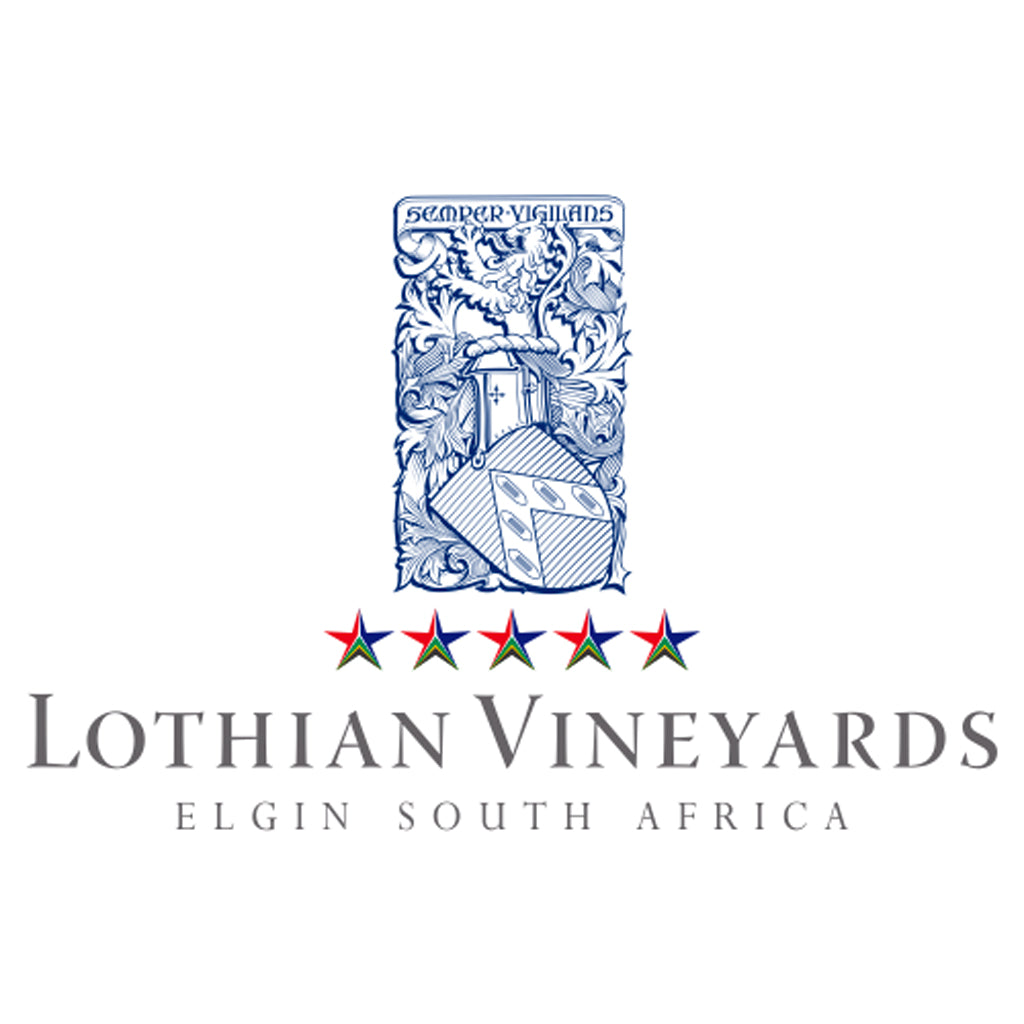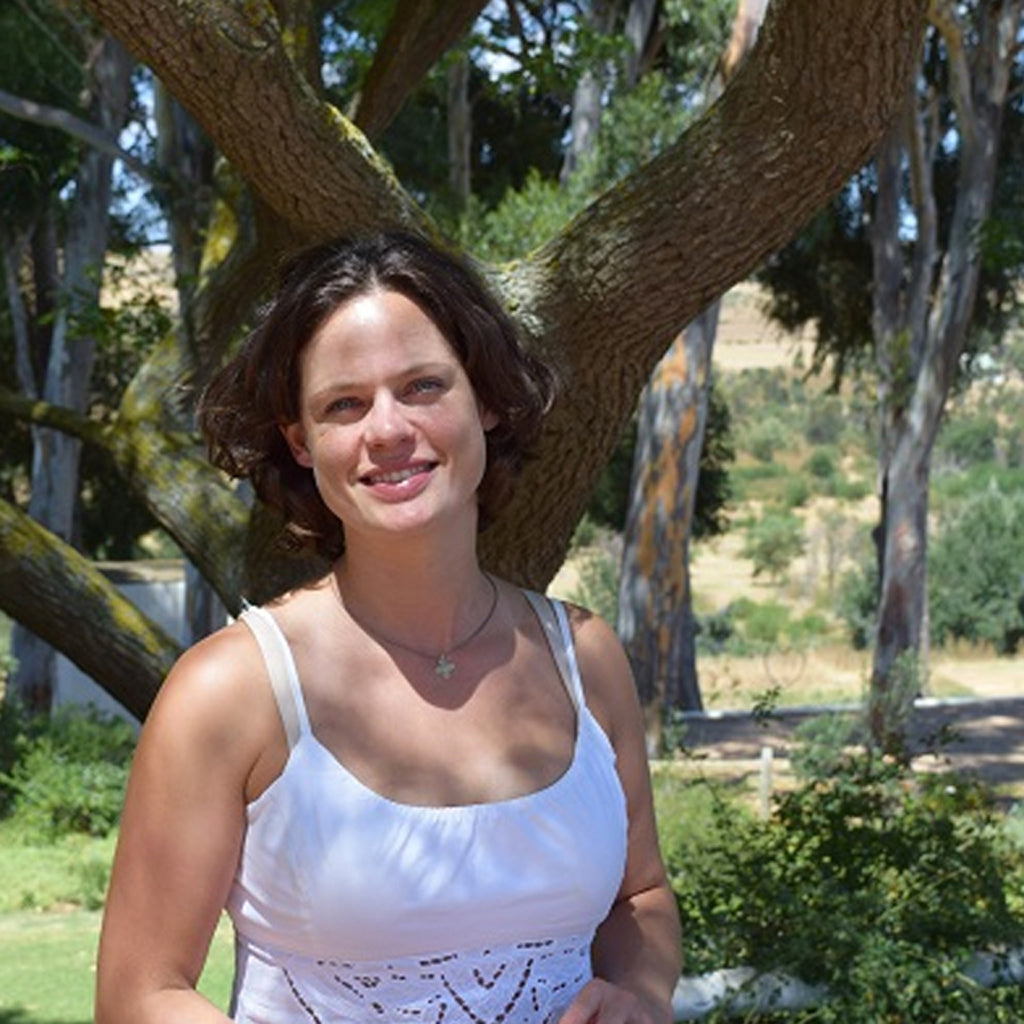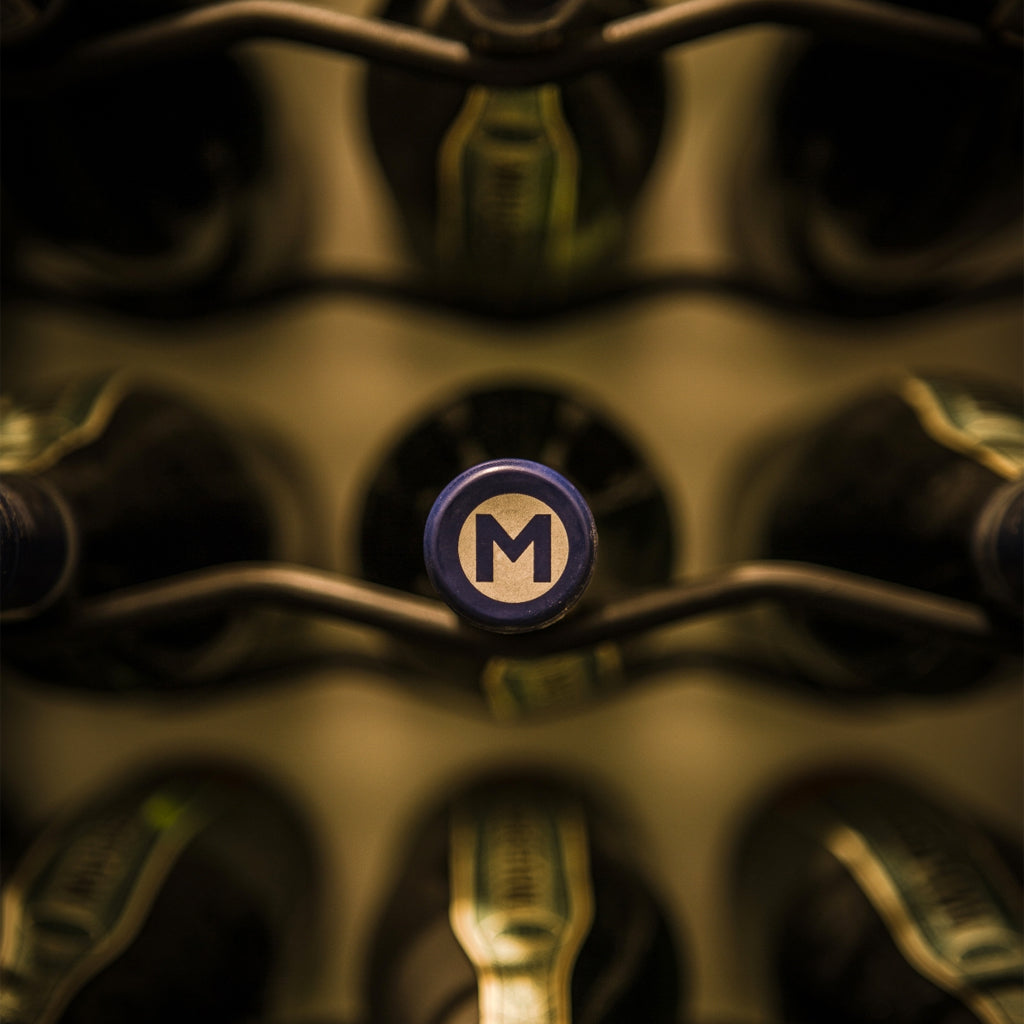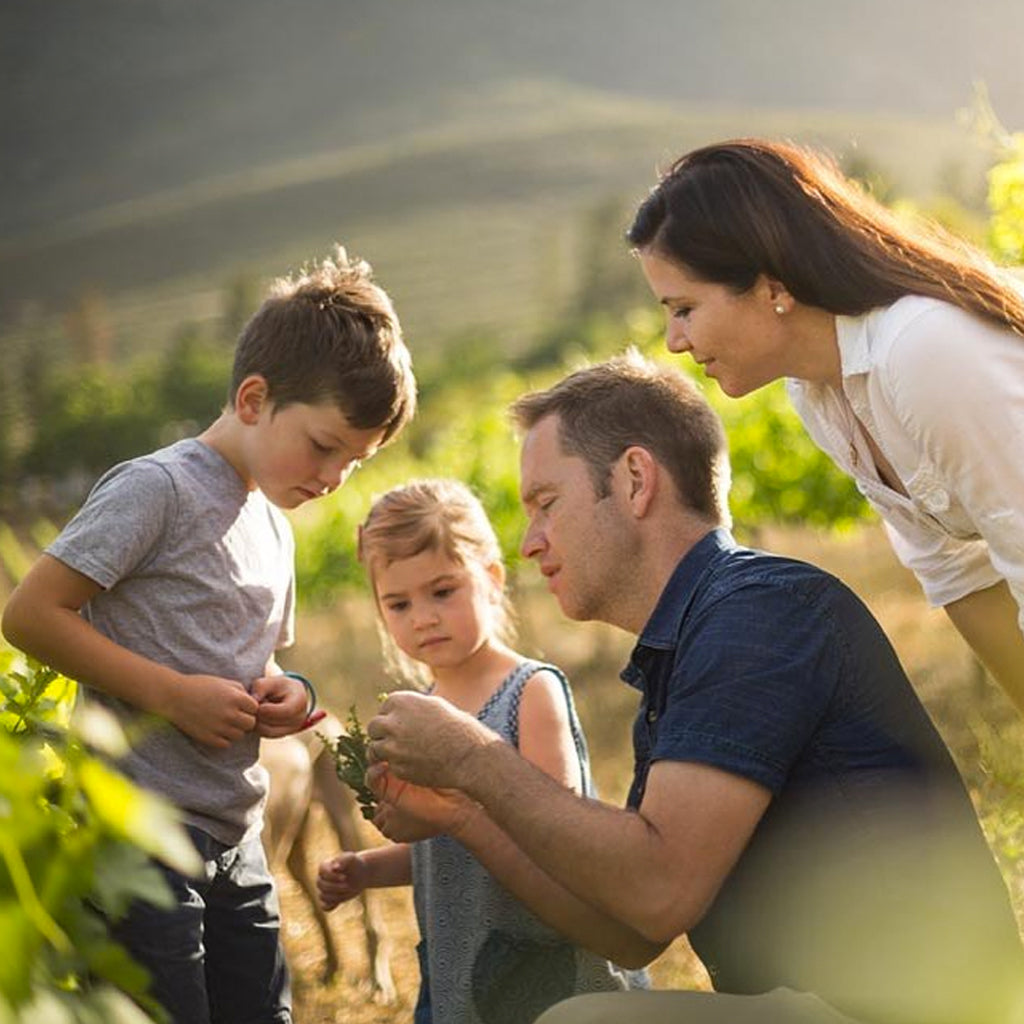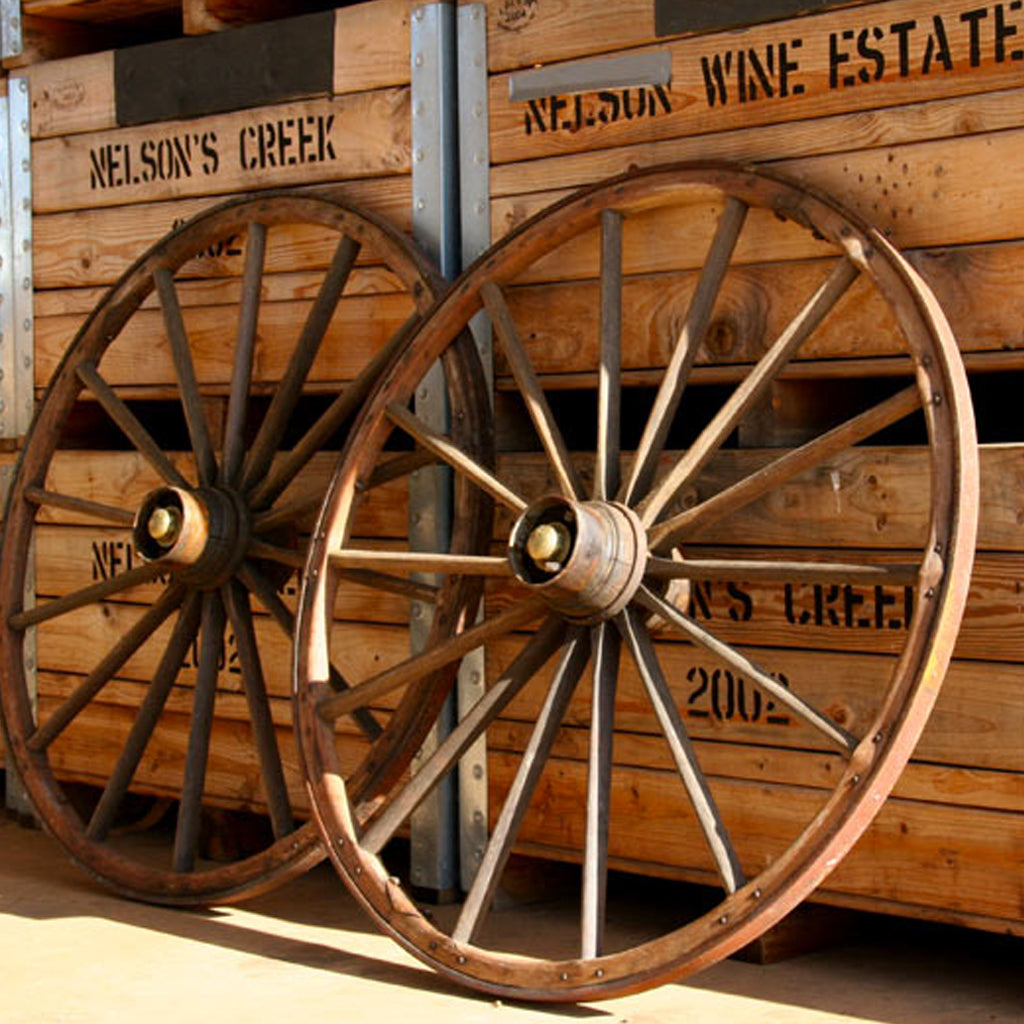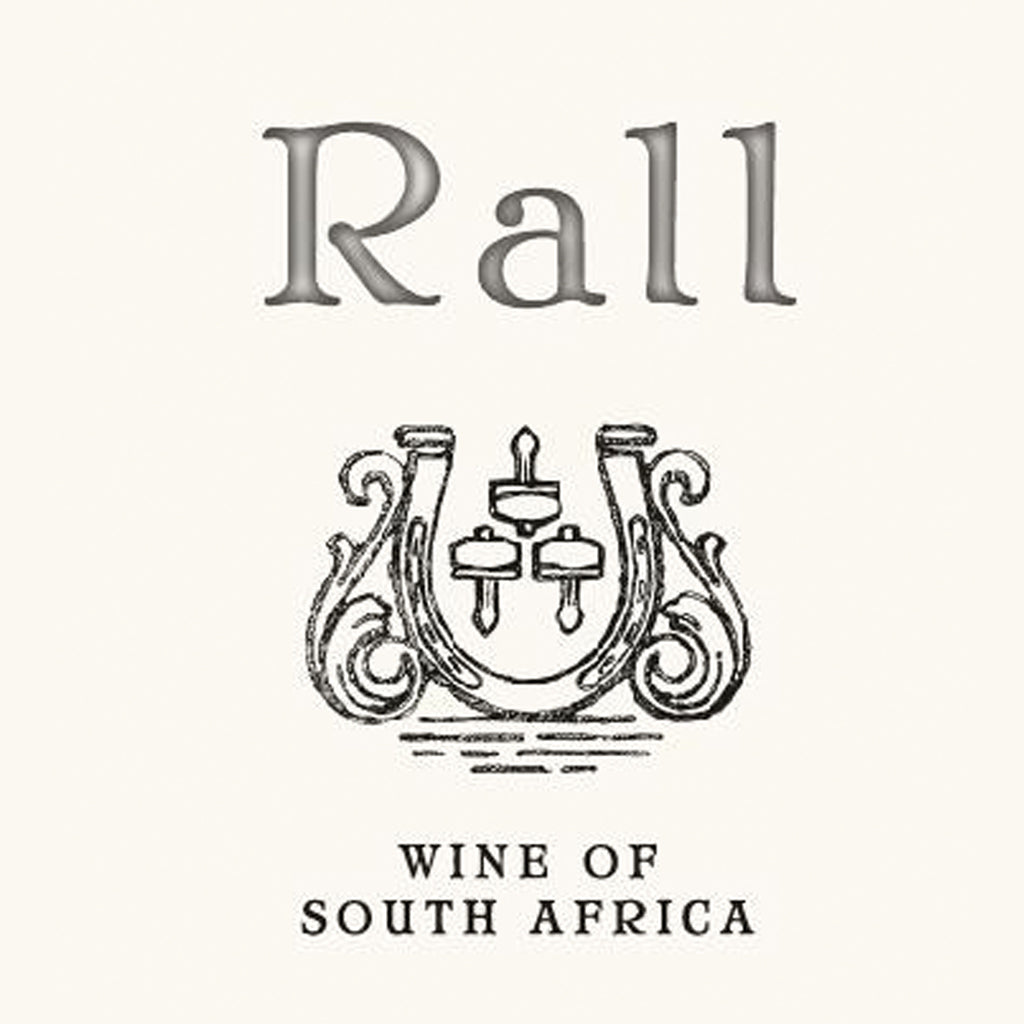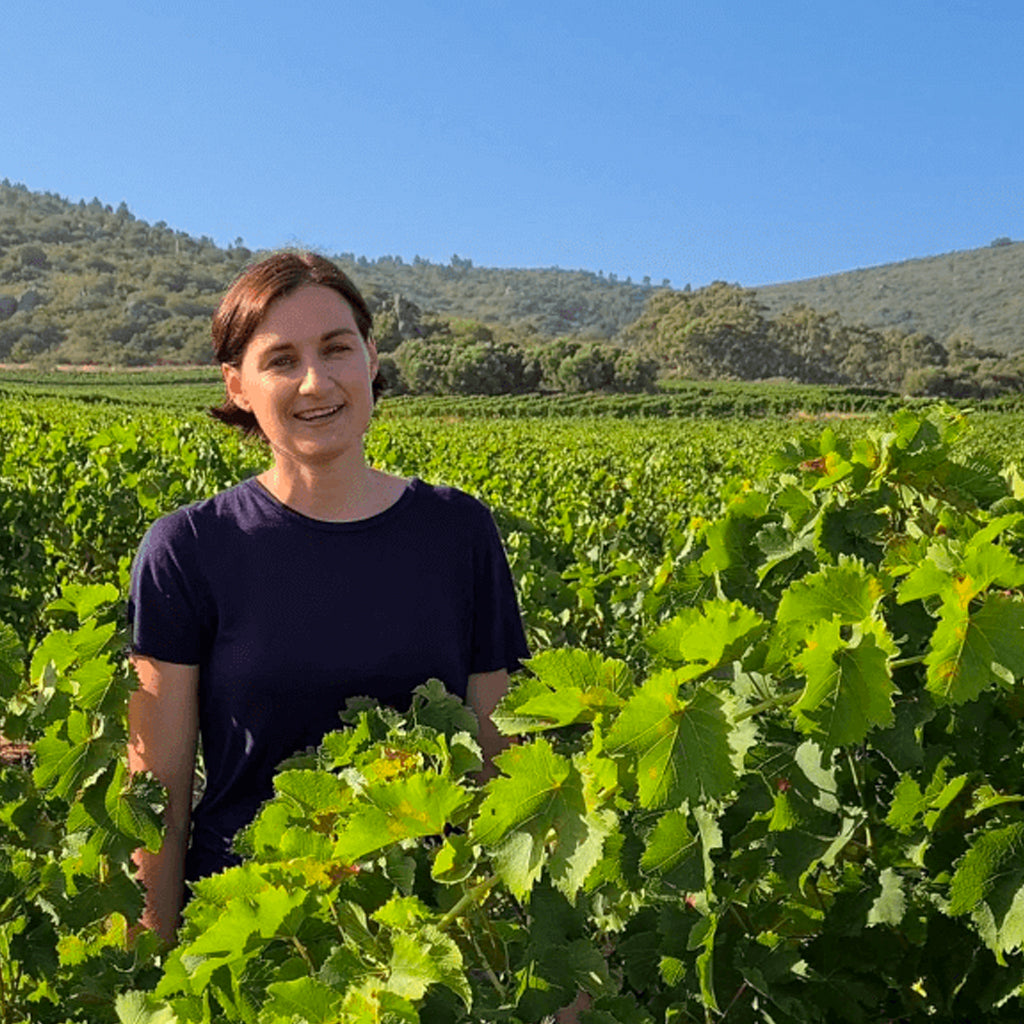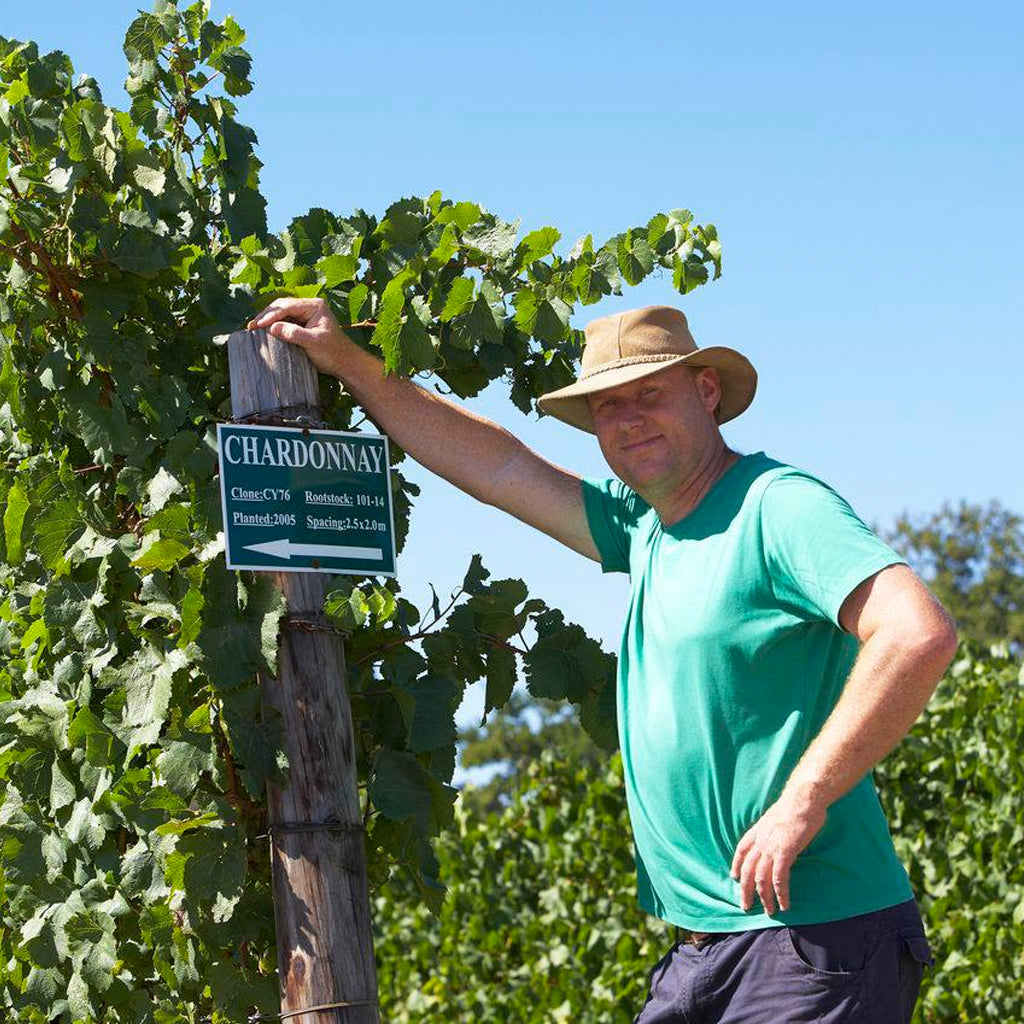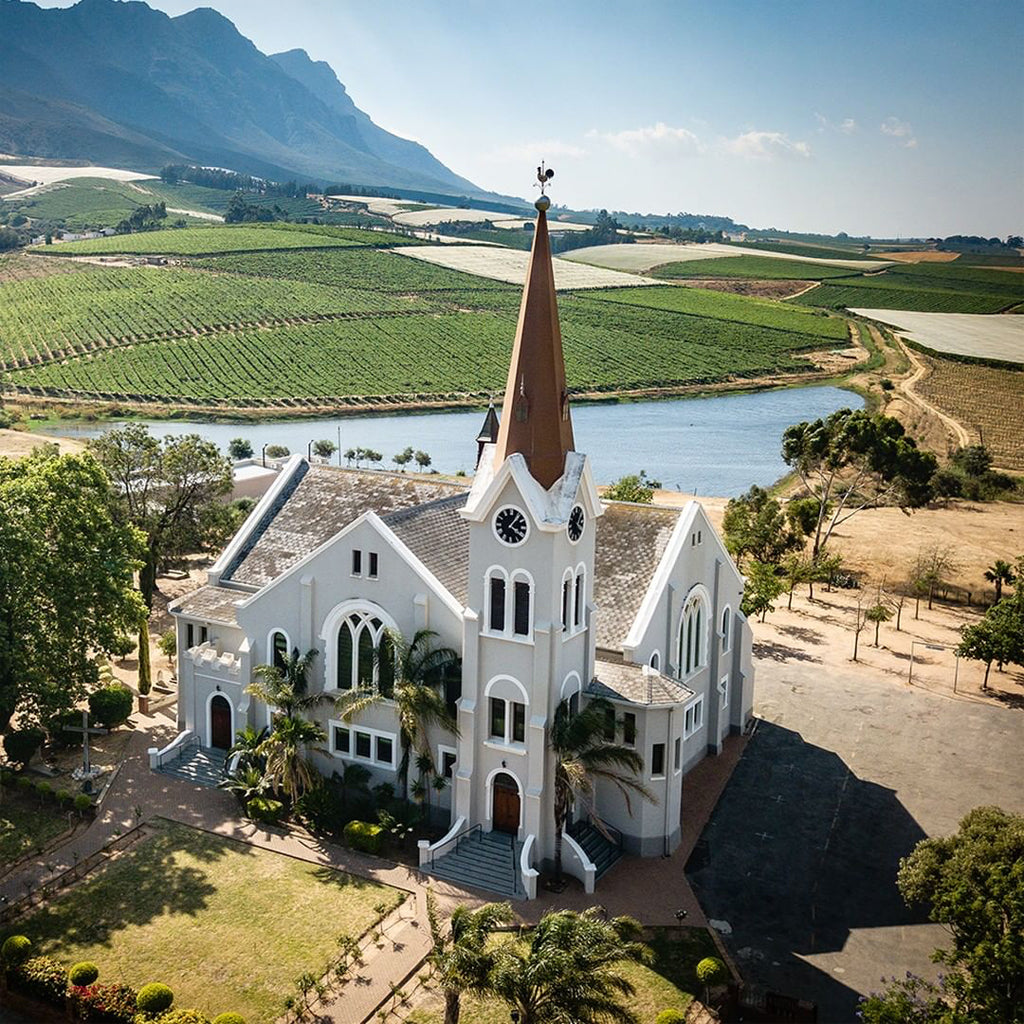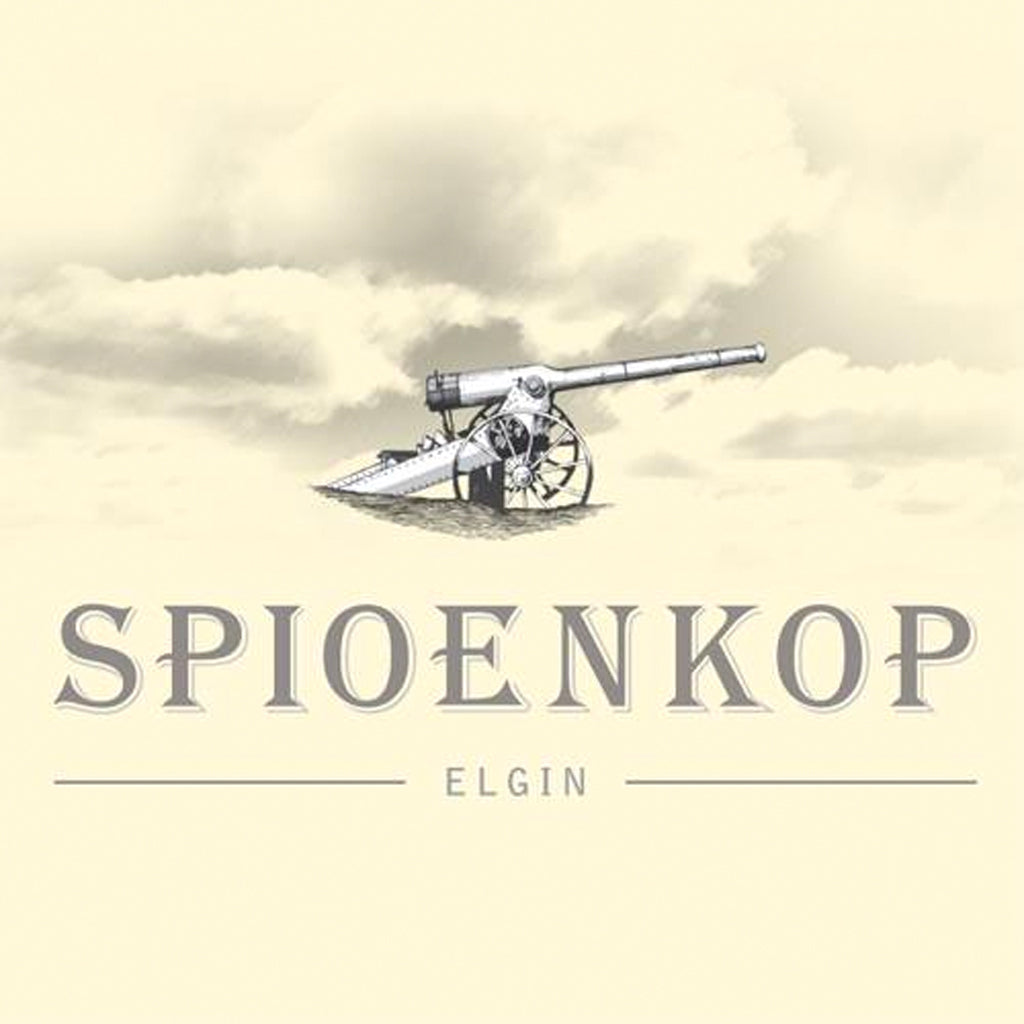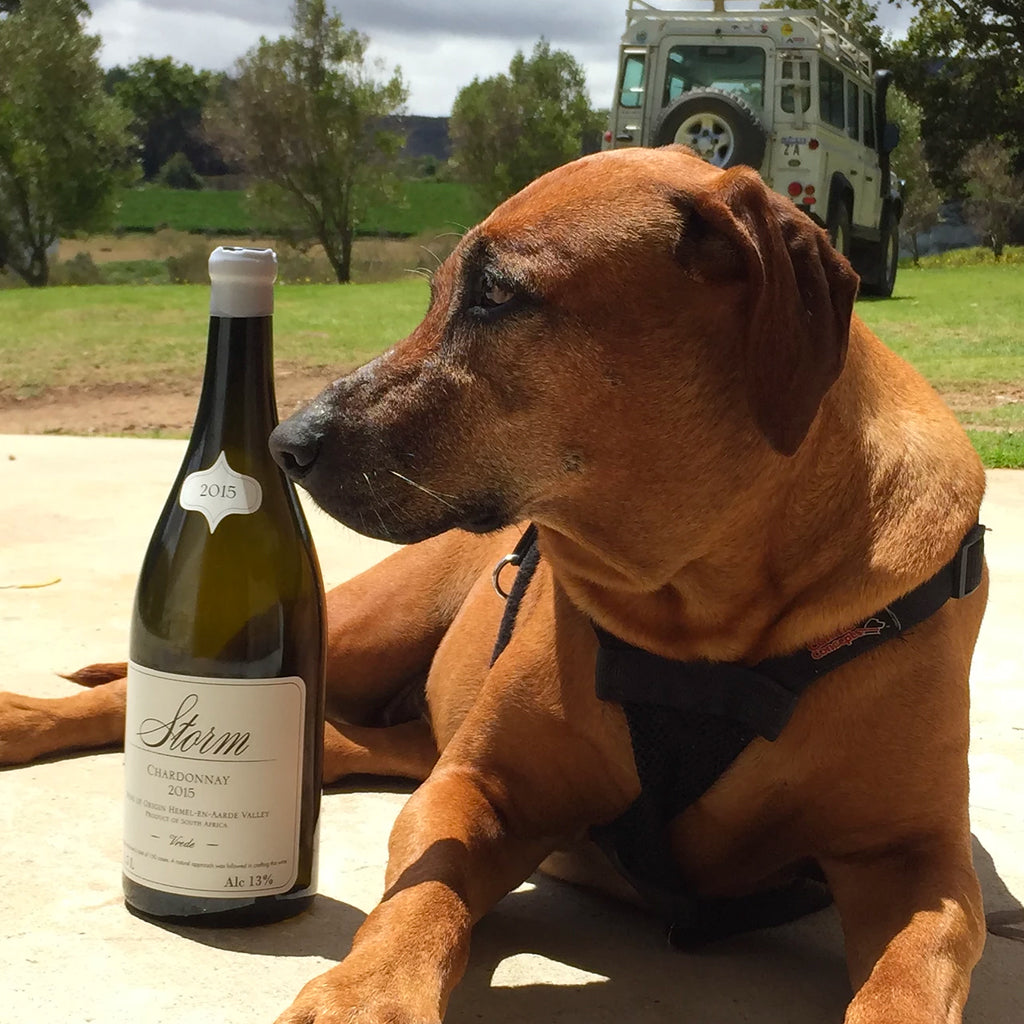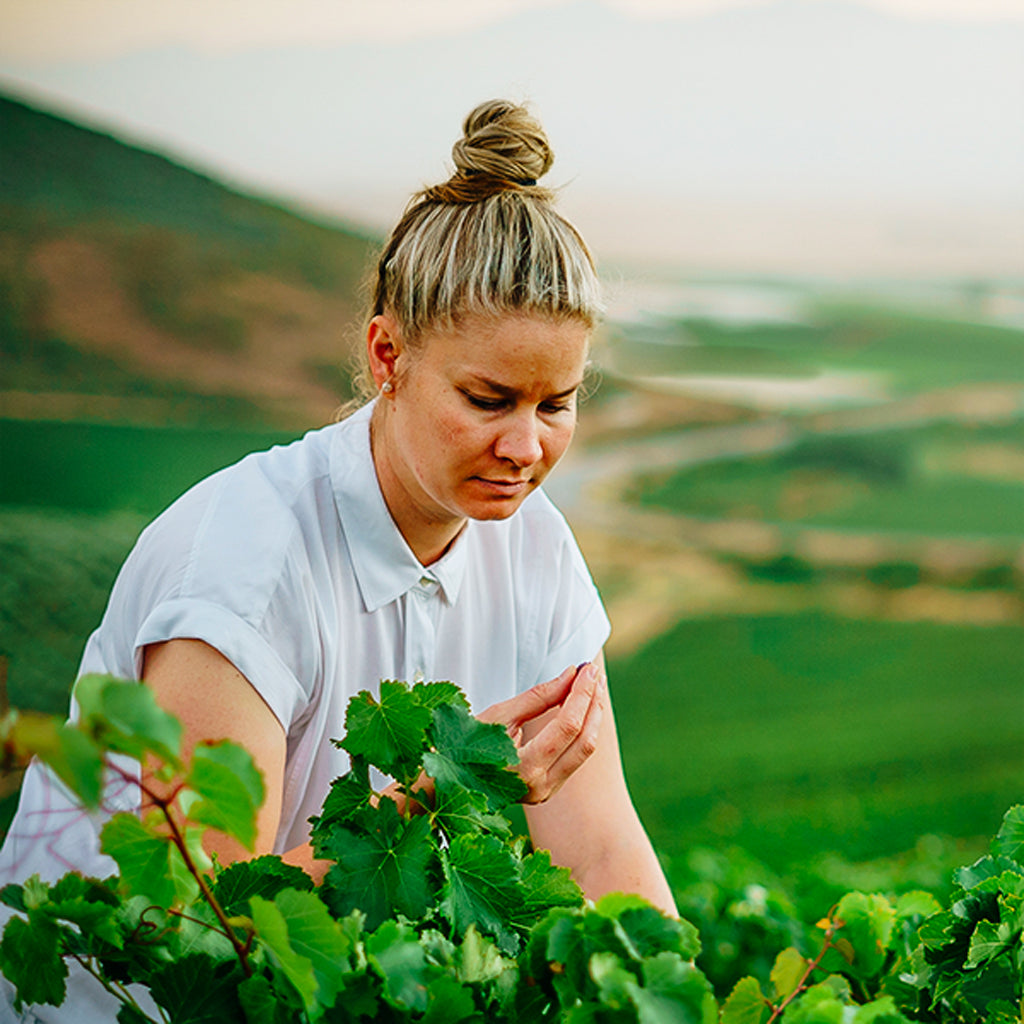SOUTH AFRICA

Since the end of apartheid in 1994 the quality of South African wine has blossomed, winemakers were at last given the opportunity to catch up with the rest of the world of wine and consequently we can now see the real benefits of professional vineyard management.
Over the past decade South African wine production has caught up with its vinous neighbours and, through its vine improvement programme, is now at the forefront of viticultural research. In the pursuit of excellence, innovative wine producers have looked to match cooler vineyard sites with classic low-yielding varieties.
South Africa's Wine of Origin scheme was introduced in 1973 and is administered by the Wine and Spirit Board, appointed by the Department of Agriculture. The borders of all production areas in South Africa are demarcated and defined by law. There is a differentiation between regions, districts and wards. A ward is defined when soil, climate and ecological factors play a clear role in influencing the character of the wine. The ward name must also reflect a real geographic feature of the place.
Districts have to meet the same criteria as wards – but with a broader definition of the relevant area using macro geographical characteristics such as mountains and rivers. A greater variety of soil types are consequently allowed.
Regions are even larger, encompassing areas which in the case of a river, for example, stretch from the source to the mouth.
The winelands of South Africa encompass six officially demarcated regions, 27 districts and 78 smaller wards. The five main regions are the Breede River Valley, Cape South Coast, Coastal Region, Klein Karoo and Olifants River. Boberg is for use in respect of fortified wines from Paarl, Franschhoek, Wellington and Tulbagh.
In South Africa it is the white Chenin Blanc grape that remains the dominant variety, making almost every style of white wine, while the traditionally tough reds from Pinotage, Cabernet Sauvignon and Shiraz are making way for riper, finer, more modern examples, transformed by the planting of different varietals in the right areas and a surer touch in the wine making process.
Our Producers
Explore Wines
From£40.00
From£49.00
From£17.00
From£64.00
From£24.50
From£33.00
From£33.00
From£33.00
From£27.00
From£31.00
From£11.50
From£13.00
From£13.00
From£26.00
From£38.00
From£39.00
From£54.00
From£19.00
- ←
- →





